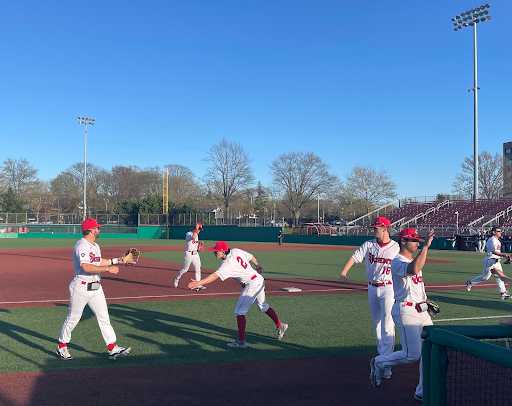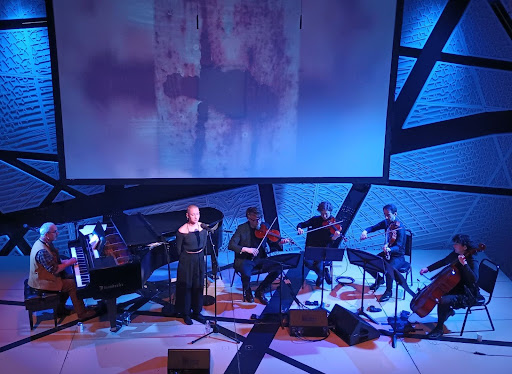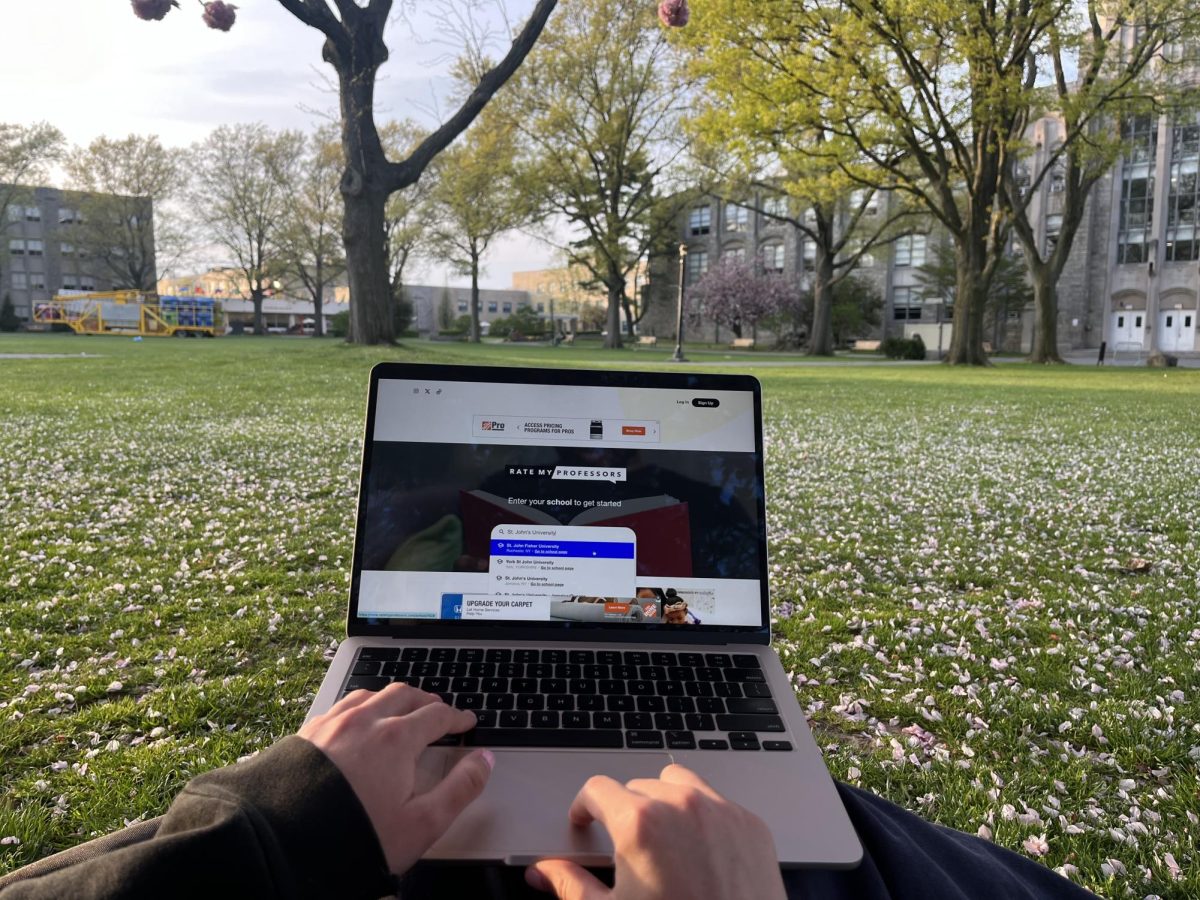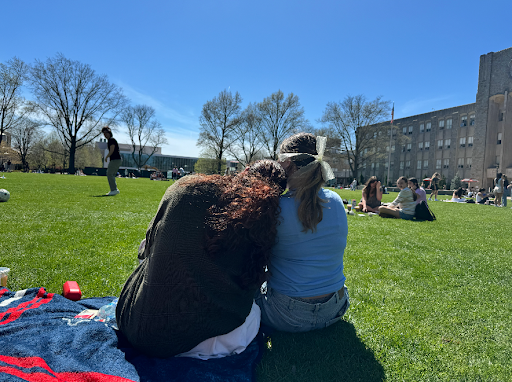Jennie Stellino, age 16, Becky Reivers age 19, Kate Leone, age 14, Vincenza Belatta age 16.
Students probably do not recognize any of these names. All of these girls, along with 142 others, share one thing in common: They spent their last moments on earth in one of the worst tragedies of New York City’s history – the Triangle Shirtwaist Fire.
On Friday, March 25, Ozanam Scholars joined together in a candle lighting ceremony to commemorate the one hundredth anniversary of the 127 girls and 17 boys who died in vain.
Lined up outside of the D’Angelo Center in front of the steps, donning pea coats, hats and mittens galore, each volunteer held a candle and a placard with the name of a girl or boy who died in the fire.
They stood in line as the names and ages of all 146 victims echoed against the walls of the surrounding buildings. The large electronic speaker could hardly capture the sad story that was etched between the letters of all of those names and ages.
For every name there was a placard and a candle, and when that name was called the volunteer blew that candle out. Soon all of the volunteer’s candles were extinguished, all of the names were called and the memories of the innocent lives lost rose away with the smoke and disappeared.
What makes this tragedy different than any other tragedy from New York City’s history?
It’s different because of the number of innocent women, men and teenagers who perished. Or, maybe it is because the majority of those that perished that day were women. Or could it be because most of the workers there were about as old as most college students. All of those reasons are what make this tragedy stand out.
“What makes it stand out is that we as a country, or group of people, don’t do anything until something tragic happens,” said Steven Rzonca, chairman of the Ozanam Faculty Advisory Committee and one of the organizers of the candle light vigil. “Here is a classic example. Here is a group of women who two years ago attempted to get the attention of the rest of the world to talk about safety, health and working conditions in the factories and no one was prepared to listen. It is not until those very same women die in a tragic accident that the world is prepared to sit up and listen to what they have to say.”
“[The Triangle Shirtwaist Fire] basically began the Women’s Movement and Labor Union Movement in New York City,” said freshman Ozanam Scholar, Alexandra Parish who organized the event with Rzonca. “This event fit well with the University’s mission and specifically the Ozanam program because it not only brings attention to a historic social justice problem, but also the ongoing injustices suffered by people working in sweat shops around the world.”
Ozanam Scholars is a program under the Vincentian Institute for Social Action and is dedicated to serving the poor and helpless as well as extending its arms globally.
The members who work all over the world have touched on the growing injustice in the workplace. Unfortunately. sweatshops have not disappeared; people die everyday because of unsafe working conditions.
“146 people paid the ultimate sacrifice with their life in order for the rest of the world to have a better place to live,” said Rzonca. “I don’t know why it is that we as humanity need to wait until someone dies [to do] something.”
At the closing of the ceremony, after all the candles had been extinguished and all the names read, Rzonca closed the commemoration with a last word of advice.
He reminded everyone that what they did that night was beautiful, but to not stop there. Even though this was an event that happened one hundred years ago, it has continued to happen since then and will continue after. We must not forget those that have been forgotten, and we must remember the sacrifices that have been made for us. With programs like the Ozanam Scholars and events like candlelight vigils, we will never forget the girls and boys of the Triangle Shirtwaist Fire.

















